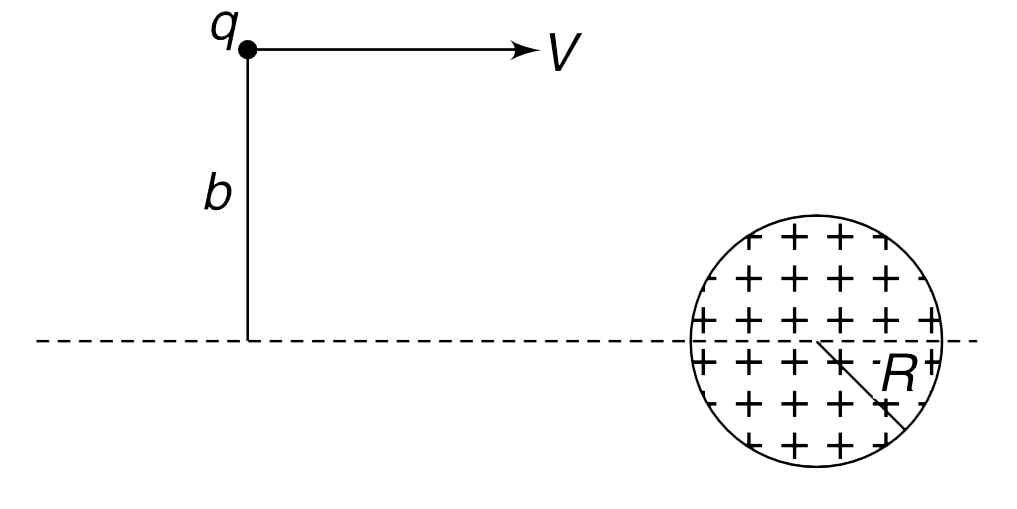Text Solution
Verified by Experts
The correct Answer is:
|
Topper's Solved these Questions
MOTION OF CHARGE IN MAGNETIC FIELD
ARIHANT|Exercise Level-2|13 VideosView PlaylistMAGNETIC EFFECT OF CURRENT
ARIHANT|Exercise Magnetic effect of Current|45 VideosView PlaylistNUCLEAR PHYSICS
ARIHANT|Exercise All Questions|54 VideosView Playlist
Similar Questions
Explore conceptually related problems
Knowledge Check
Similar Questions
Explore conceptually related problems
ARIHANT-MOTION OF CHARGE IN MAGNETIC FIELD-Level-3
- There is a fixed sphere of radius R having positive charge Q uniformly...
06:22
|
Playing Now - (a) A charge particle travelling along positive x direction with speed...
09:36
|
Play - A particle having charge q and mass m is dropped from a large height f...
07:38
|
Play - In a region of space a uniform magnetic field exist in positive z dire...
07:04
|
Play
